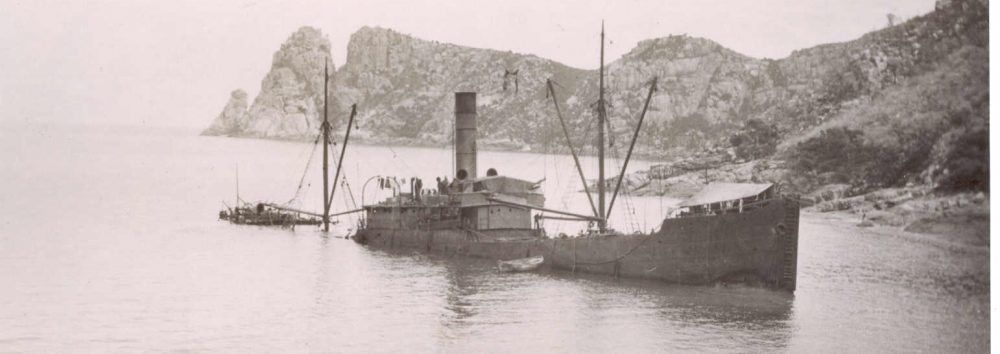Source: Coastal chemical cues for settlement of the southern rock lobster Hinojosa,
Gardner and Green

The post-larvae, or pueruli, of the southern rock lobster are known to migrate long distances to settle on coastal reefs using a combination of onshore currents and active nocturnal swimming. A new study suggests that chemical cues are being used in settlement processes.
Many marine invertebrates and fish species have an ocean-roaming larval phase that lasts from several days to several months and is often the main way they disperse after spawning. Chemical signals can help them find a new habitat, crustacean species use them a lot.
Spiny lobsters have extended larval periods lasting 4–24 months, some of longest larval periods found among the marine invertebrates. The longest larval period among the spiny lobsters, lasting between 12 and 24 months (18 months on average), is found in the southern rock lobster. This species supports valuable fisheries with an annual harvest of about 6500 tons.
At the pelagic larval phase they are called phyllosoma. The phyllosoma were found to metamorphose to pueruli as far as 216 km offshore. This change leads to a non-feeding phase, known as the puerulus. Pueruli depend only on the energy they have built up while feeding, so they can’t swim forever and have to make a bee line for the coast. This puerulus migrates across the continental shelf to settle in shallow coastal waters.
Spiny lobster puerulus appears to be only active at night and they have been observed swimming in straight lines at the sea surface. Ripping swimming speeds of 10–40 cm per second have been estimated. Movement of pueruli across the continental shelf can be influenced by large currents associated with long shore winds.

Lab experiments show that baby pueruli crays actively swim toward coastal water when given a choice between the chemistry of coastal water or ocean water collected from 20 km offshore. Once they get close to the shore other cues could be important to the final settlement. The Caribbean spiny lobster’s swimming varies with tidal phase, possibly in response to celestial, wind, acoustic, and magnetic cues.
For larvae attracted to reef settlement habitat, the reef’s fauna, algae, and bacteria could contribute to a complex cocktail of chemical cues. Previous field experiments found that settlement was higher near giant kelp, not a good sign as giant kelp has virtually disappeared in Tasmania. Natural sound emanating from coastal rocky reefs could be an orientation cue too. The final settlement spot may be dependent on the feel of the bottom the larvae come in contact with.
It is known that post-settlement baby crays forage on small invertebrates associated with reef habitats, especially mollusks, crustaceans, and echinoderms that are in much higher abundance in kelp, especially kelp holdfasts. Once again, these cues are weakening as kelp biomass is depleted by climate change. This study dealing with simple issues about where larvae go and why, can deepen our understanding of how the ecosystem operates, and when it might fail too. Kelp including giant kelp encourages settlement of crays and then provides ideal habitat. As our ocean health declines the productivity of our cray fishing will likely wane with it. You can’t take it for granted.
